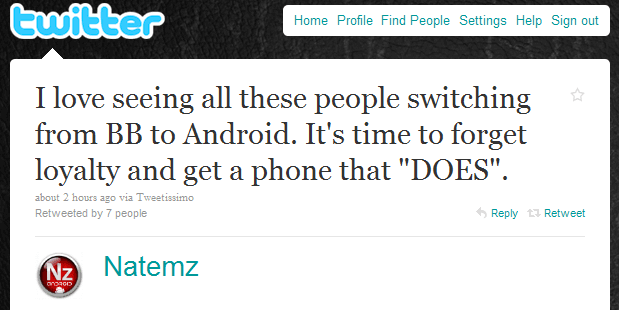Today is a special day for social media and society. Mashable together with (Red) have named today the Social Good Day to show what social media can do for social good. It is intended to “celebrate, share, and educate and engage in a discussion on how social media can be used to tackle some of the world’s social challenges and issues, in particular how it can be used to help fight AIDS in Africa.” For this reason, I have teamed up with a few fellow bloggers. Each one of us will write a special blog post today, and for every comment on these special posts, we will donate $1 to the UN’s Global Fund. Please consider joining us to make the world a better place by commenting on these blogs (see a list at the end of the post), tweeting or blogging about the Social Good Day, or donating to the Global Fund yourself.
In keeping with the spirit of the Social Good Day, in this post, I would like to talk about how companies can contribute to social good and at the same time earn their customers’ goodwill and respect. Although all businesses operate under a profit motive, they are also obligated to give back to the society and fulfill their role as a corporate citizen. Starbucks, for instance, challenges and encourages its employees to contribute to their local community. Brands such as Gap, Nike, and Apple have all become part of Product (Red), where up to 50% the profit from these products’ sales go to fight AIDS in Africa.
Doing Social Good the Right Way
Done in the right way, charitable behavior from businesses can increase customer loyalty and lead to goodwill among consumers, investors and the general public. But corporate philanthropy does not always touch people in the right way. Sometimes it becomes an ostensible tool that some corporations use to cover up their bad behavior or manipulate public opinion. As a consumer and a member of the general public, I asked myself what corporations do that truly touches me as being kind and generous and what appears suspicious and fake to me. Here are a few things that came back to my mind: Continue reading “Do Social Good and Earn Customer Respect”


